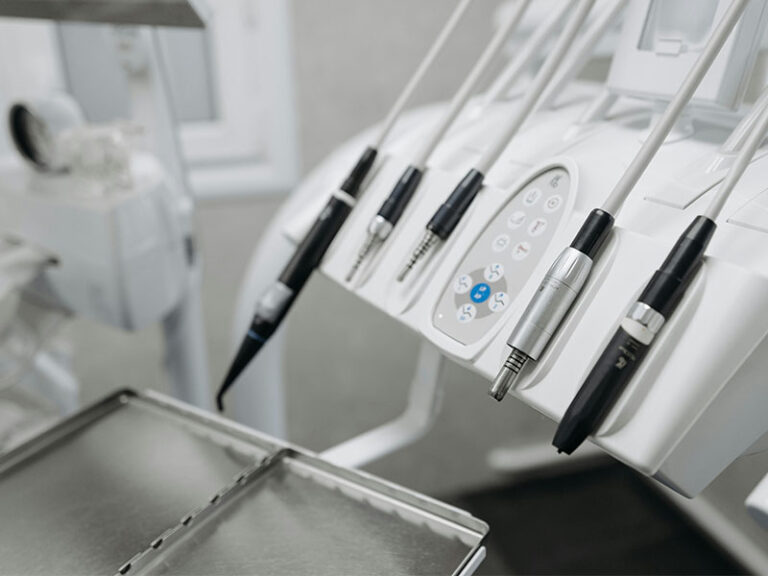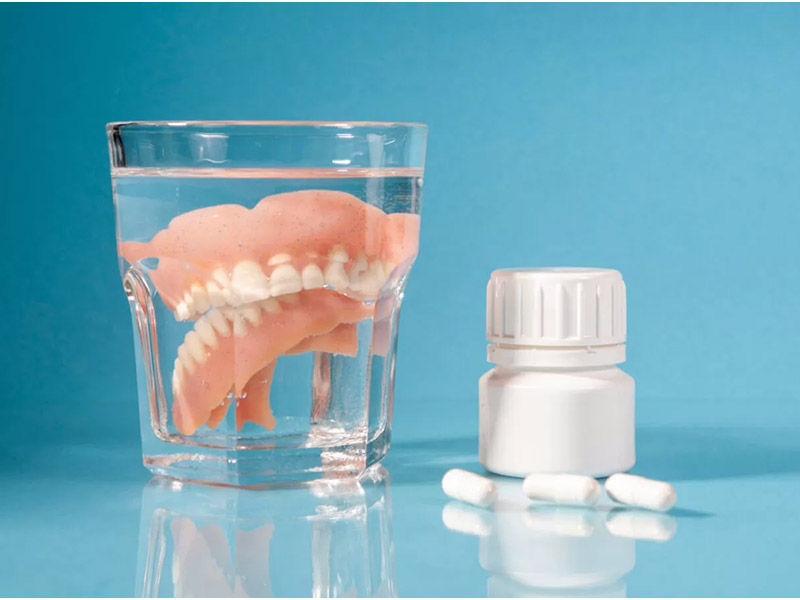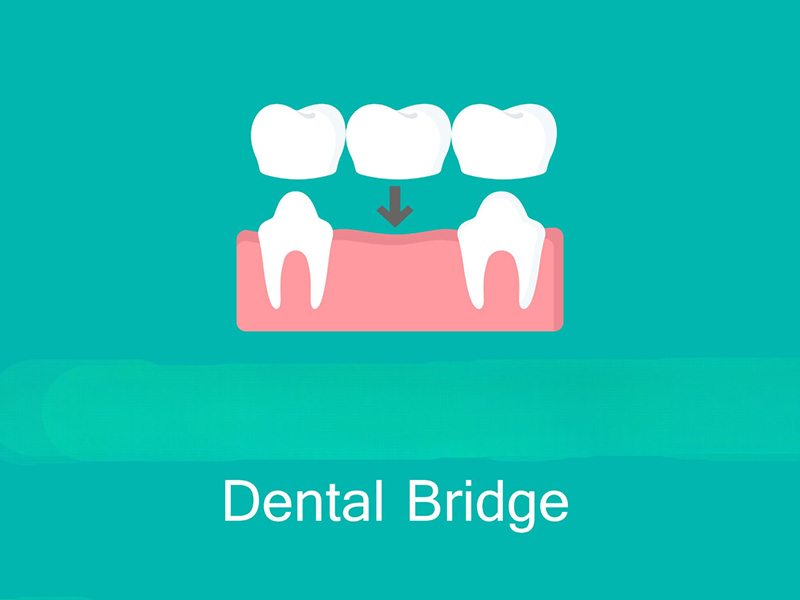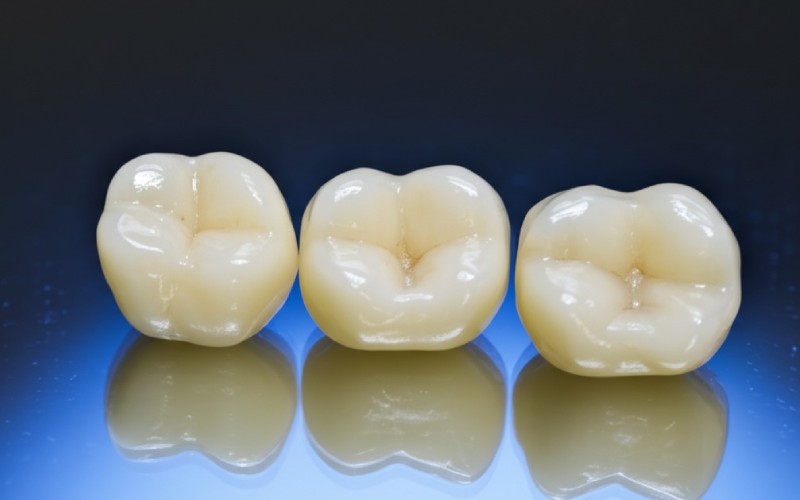
eMax vs. Zirconia Crowns: Choosing the Best Dental Material for Your Smile (or Your Patients)
Meta Description: Compare eMax and Zirconia dental crowns side-by-side. See how they differ in strength, looks, cost, and best uses so you can make a smart choice for long-lasting, great-looking teeth.
Table of Contents
Intro: The Heart of Modern Dental Work
If you’ve ever sat in a dental chair and heard “You need a crown,” you know the next question is “What kind?” It used to be a simple choice. You’d pick between a gold crown or a porcelain-fused-to-metal (PFM) one. But dentistry today gives us amazing options. Now the conversation almost always comes down to two top materials: eMax and Zirconia.
For years, this is the exact chat I’ve had with my patients. I’ve seen their eyes glaze over when I start talking about “lithium disilicate” and “zirconium dioxide.” It’s my job to cut through the confusing terms and get to what really matters. What’s the best choice for your tooth your smile and your life?
Comparing eMax and Zirconia isn’t just homework for dentists. It’s a huge decision that changes how your dental work looks feels and lasts. These aren’t just for crowns either. We use these high-tech ceramics for veneers, inlays, onlays, and even full dental bridges. Understanding their unique personalities—and trust me they have them—is the key to getting a successful, long-lasting new tooth that you’ll forget is even there. Let’s break it all down.
Getting to Know eMax: The Beauty Queen
When a patient points to a front tooth and says “I want this to look absolutely perfect and totally natural” my mind instantly jumps to eMax. I think of it as the beauty queen in the world of dental materials.
What is eMax?
Basically, eMax is a special kind of lithium disilicate which is a type of glass-ceramic. You can think of it like a piece of super-strong, high-tech glass. The way it’s built gives it an incredible talent for playing with light that very few materials can match. We can make eMax in two ways. It can be pressed in a lab from a wax model which is an old-school way that still gives amazing results or it can be milled with CAD/CAM technology from a 3D scan of your tooth. Both ways create a precise and beautiful new tooth.
Key Things to Know About eMax
What makes eMax so special? It boils down to a few key things I see every single day.
- Looks: This is where eMax really knocks it out of the park. It’s very translucent so light passes through it a lot like a natural tooth. It doesn’t just match the color of your other teeth it copies their shine and character. The way an eMax crown catches the light looks so real that even I have to look closely to tell it apart from a natural tooth. It’s my go-to for getting that “chameleon effect.”
- Strength: Now, you might hear “glass-ceramic” and think it’s weak. That’s not the case at all. eMax has good strength, usually around 360 to 500 MPa. To put it simply, this is more than enough muscle for most single crowns especially in the front of your mouth.
- Bonding: This is a huge bonus that people often overlook. We can glue eMax directly to your tooth. This makes an incredibly strong, sealed connection between the crown and your tooth. This bond doesn’t just hold the crown on tight but it actually helps make the tooth underneath stronger. It’s a fantastic partnership.
Good Things About eMax Crowns
From my experience, patients and I love eMax for these reasons:
- Looks Amazingly Natural: Nothing beats it for front teeth. If you need a veneer or a crown on a front tooth eMax is almost always the best pick for a perfect match.
- Saves Your Tooth: Because we can bond it so well we don’t have to shave away as much of your healthy tooth to get a good fit. Keeping your natural tooth is always our goal.
- Gentle on Other Teeth: eMax is smooth and wears down just like your own enamel. This means it’s less likely to wear out the teeth it bites against which is a big plus for your long-term dental health.
Downsides of eMax Crowns
Of course, no material is perfect for every single job. I’m always straight with my patients about the limits.
- Not as Tough: Compared to its main rival, zirconia, eMax isn’t quite as tough. It has a lower chance of standing up to extreme force without breaking.
- Not for Heavy-Duty Jobs: Because of its strength I wouldn’t recommend eMax for long dental bridges that have to handle heavy chewing. It’s also not my first choice for molars if you’re a heavy teeth grinder.
- Can Chip if It’s Too Thin: How we shape the tooth is key. If the crown is made too thin or isn’t supported right by the tooth below it can be more likely to chip.
Best Times to Use eMax
So when do I grab eMax?
- Front tooth crowns and veneers are its bread and butter.
- Inlays and onlays which are like partial crowns are another perfect fit.
- Single back crowns on premolars or first molars where biting isn’t too intense.
- Any time the absolute best, most lifelike look is the number one goal.
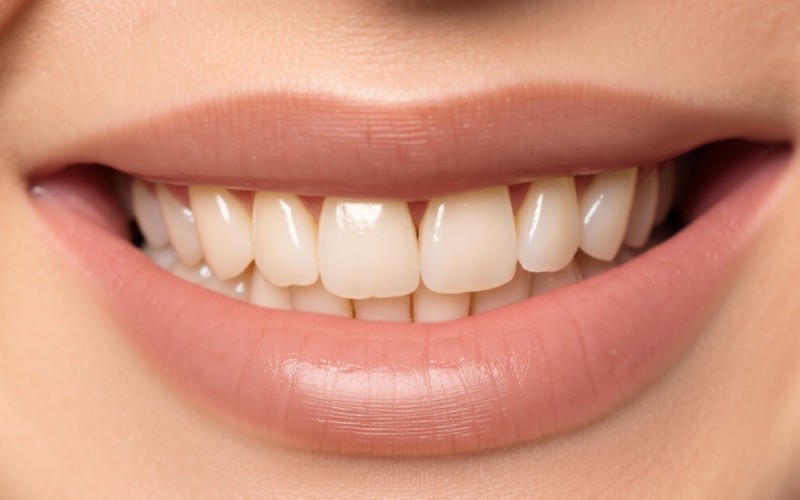
Getting to Know Zirconia: The Tough Guy
If eMax is the artist then Zirconia is the engineer. When I need a new tooth that can take a beating and last for ages I look to zirconia. It’s a real powerhouse that has totally changed how we do restorative dentistry.
What is Zirconia?
Zirconia is just a short name for zirconium dioxide a white crystal material. It’s made of tightly packed crystals with no glass in it. That’s what gives it its crazy strength. You might hear people call it “ceramic steel” and honestly that’s pretty close. It’s so tough it’s used for industrial parts and it’s totally safe for the body. They even use it in medical implants like hip replacements.
In dentistry we mostly use two types: monolithic zirconia which is one solid block of the stuff and layered zirconia where a strong zirconia center is covered with a prettier porcelain. But new breakthroughs have given us a whole range of translucent zirconia that mixes strength with much better looks.
Key Things to Know About Zirconia
Zirconia’s personality is all about raw power and toughness.
- Strength: This is Zirconia’s claim to fame. Standard, solid zirconia has a strength that can top 1200 MPa. That’s more than double eMax! This makes it almost impossible to break with normal chewing. Even the newer, better-looking translucent zirconia options have strengths from 600-800 MPa which is still a lot stronger than eMax.
- Looks: This is where the story gets interesting. Old-school zirconia was strong but it looked very opaque and chalky. It was fine for back teeth but a bad choice for your smile. However, the game has changed. Newer types of “high translucent” (HT) and “ultra-translucent” (UT) zirconia look way better. While they might not have the ultimate sparkle of eMax they’re a great choice for making strong and good-looking teeth anywhere in your mouth.
- Gluing it On: We used to just cement zirconia crowns on with regular dental cement and relied on a tight fit to hold them in place. That still works great. But we can also bond the newer types of translucent zirconia on after some special surface treatments. This gives us the best of both worlds: a tight fit and a chemical bond.
Good Things About Zirconia Crowns
In my office, zirconia is the go-to when we need these benefits:
- Super Strong: It’s incredibly hard to break. I feel very confident putting zirconia crowns on molars even for patients who grind their teeth.
- Versatile: It’s great for almost any high-stress job: back teeth crowns, long bridges, full mouth restorations, and tough implant parts.
- Good for Your Gums: Your gums love zirconia. It’s a metal-free material that your soft tissues handle really well so it helps keep your gums healthy.
- Saves Your Tooth: Because it’s so strong we can often make zirconia crowns thinner than other materials which can mean we don’t have to remove as much of your tooth.
Downsides of Zirconia Crowns
Just like eMax it’s about picking the right tool for the job. Zirconia has its own things to think about.
- Looks (in the past): Like I said, older, chalky zirconia isn’t great for your smile zone. Even the best translucent zirconia can sometimes miss the subtle light-play that eMax has.
- Strength vs. Beauty Trade-off: There’s a small trade-off here. The strongest zirconia is the least see-through. The more translucent and pretty you make it the more you slightly lower its strength (though it’s still very strong!).
- Wear on Other Teeth: This was a big worry with the first zirconia. If it wasn’t polished perfectly its hardness could scrape against the natural teeth it bites on. This problem is almost completely gone with modern, super-polished materials but getting that final polish is still extremely important.
- Hard to Adjust: Once a zirconia crown is made it’s tough to change it in the dental chair. Its hardness makes it hard to cut or polish without special tools and it’s difficult to fix chairside if it ever did chip.
Best Times to Use Zirconia
Zirconia is my workhorse material for:
- Back teeth crowns and bridges especially for molars.
- Full mouth restorations where you need maximum toughness.
- Implant crowns and parts.
- Teeth for patients who grind or have a very strong bite.
- Any time you need a metal-free but incredibly strong option.
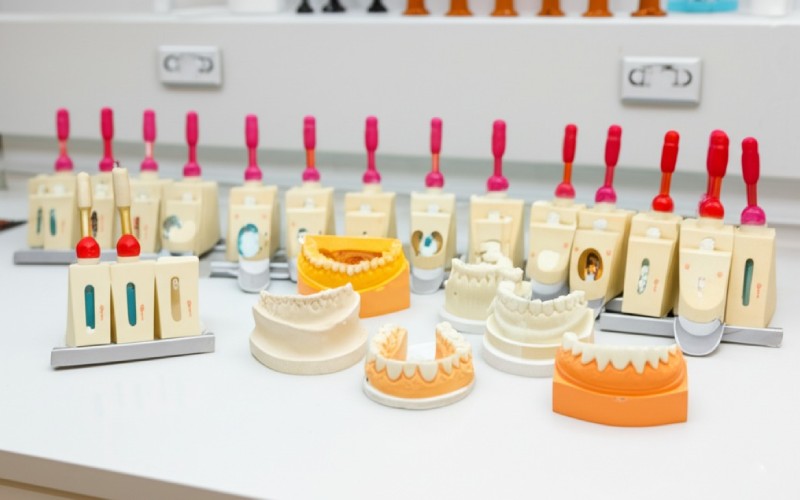
eMax vs. Zirconia: A Head-to-Head Look
Okay let’s put them side-by-side. I made this chart based on the questions my patients ask me the most. Think of it as your personal guide to picking a dental material.
| Feature | eMax (Lithium Disilicate) | Zirconia (Zirconium Dioxide) | My Dentist Takeaway |
|---|---|---|---|
| Looks | Excellent. The best for natural, see-through, lifelike appearance. | Good to Excellent. Modern versions look great but can sometimes lack that final touch of sparkle eMax has. | For one front tooth that needs to be invisible I lean toward eMax. For a full smile makeover modern Zirconia can look amazing and is stronger. |
| Strength | Good (~400-500 MPa). Strong enough for single crowns and veneers. | Super High (~600-1200+ MPa). The undisputed king of strength. It can handle bridges and heavy grinders. | If the tooth is a molar or you grind your teeth Zirconia is the safer, tougher choice. Hands down. |
| Main Use | Front teeth, veneers, inlays/onlays. | Back teeth, dental bridges, implant crowns. | It’s all about location location location. eMax for the “smile zone” and Zirconia for the “work zone.” |
| Bonding | Excellent Glue Bond. Creates a powerful seal and makes the tooth stronger. | Regular Cement or Glue Bond. Reliable but can be trickier to bond with glue. | The rock-solid bond of eMax gives me peace of mind especially for more delicate work like veneers. |
| Tooth Removal | Saves Tooth. Needs a bit more even thickness for strength. | Saves Tooth. Can be made super thin because it’s so strong on its own. | Both save tooth structure but Zirconia technically lets us remove the least amount of tooth in some cases. |
| Wear on Other Teeth | Very Low. Wears just like a natural tooth. | Low (when polished). Modern polished zirconia is very kind to other teeth. | This isn’t the big worry it used to be. As long as your dentist polishes it right both materials are great picks. |
| Cost | Medium to High. | Medium to High. | The cost to you is often very similar so the decision should be based on what your tooth needs not a small price difference. |
Picking the Right Material: What to Think About
So how do you and your dentist make the final call? We go through a mental checklist together.
- Where is the Tooth? This is the biggest factor. Is it a front tooth everyone sees or a hard-working back molar? Looks vs. Strength.
- Your Goals for Looks: How important is a perfect, invisible match to you? Are you okay with a beautiful crown that might be a tiny bit less see-through if it means it’s stronger?
- Your Bite and Habits: This is super important. Do you clench or grind your teeth? I’ll check your other teeth for wear marks. If you have a powerful bite I’m going to guide you toward the tougher zirconia for back teeth.
- Single Crown or Bridge? For a single crown you have more choices. For a bridge that replaces a missing tooth the connection points are under a lot of stress. Zirconia is almost always what’s needed for bridges in the back.
- The Opposing Teeth: What will the new crown bite against? A natural tooth? Another crown? This can play a part in the choice but with today’s materials it’s less of a deciding factor than before.
- Your Dentist’s Advice: In the end you should trust your dentist’s judgment. They understand all the little details of preparing the tooth, what the dental lab needs, and which material has the best history of success for your specific situation. They’ve seen what works and what doesn’t over thousands of cases.
How Long They Last and How to Care for Them
Patients always ask me “How long will my crown last?” It’s a great question. Both eMax and Zirconia crowns are built to last a long time. Studies show they have high success rates and often last 10 to 15 years or even longer.
But the life of any dental work isn’t just about the material. It’s a team effort. How long your crown lasts really depends on:
- Great Home Care: You have to brush and floss around your crown just like a real tooth. The crown itself can’t get a cavity but the tooth where it meets the crown can.
- Regular Dental Visits: Let your dentist and hygienist check the crown, the edges, and your bite regularly. We can spot and fix small issues before they turn into big problems.
- Avoiding Bad Habits: Don’t use your crowned teeth as tools to open bags, chew on ice, or bite your nails. While these materials are super strong they aren’t bomb-proof and can be damaged by extreme forces.
The Bottom Line: Making Smart Choices for a Healthy Smile
The eMax vs. Zirconia debate isn’t about one being “better” than the other. It’s about having two amazing, specialized tools in our dental toolbox. I think of it like a chef picking between two top-shelf knives. One might be a delicate, super-sharp blade for precise, beautiful work while the other is a tough, heavy-duty cleaver for big jobs. You need both to run a great kitchen.
- eMax is the ultimate choice for looks and it delivers amazing natural beauty for front teeth and other low-stress dental work.
- Zirconia is the strength powerhouse and it provides incredible toughness for back teeth, bridges, and patients with heavy bites.
The most important thing to remember is that you have fantastic options. The key is to have a good, open talk with your dentist. By discussing where the tooth is, your personal habits, and what you want it to look like, you can make a smart choice together. This team approach is what leads to the best result: a healthy, working, and beautiful new tooth that lets you smile with confidence for years to come.

